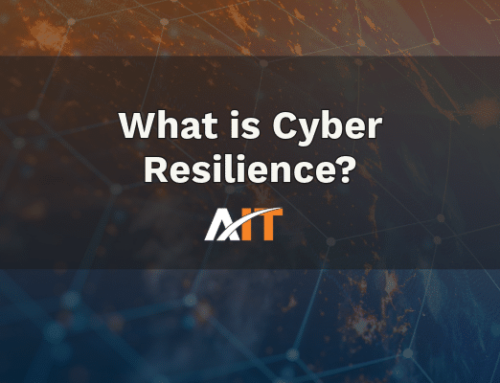What would be the cost to your business if your credentials were stolen, compromising your most sensitive information? Small and medium-sized businesses are especially vulnerable to brute force attacks, but any size business can become a victim.
Here’s what you need to know about this common attack method and how you can start defending your data.
What is a brute force attack?
When bad actors attempt a brute force attack, they use trial-and-error to guess passwords and other sensitive information, trying different possible combinations until one eventually sticks.
While brute force attacks seem rudimentary compared to other attack strategies, that doesn’t mean they pose any less of a threat to your business. In fact, 80% of breaches in 2020 involved brute force attacks and other methods of stealing credentials.
Types of brute force attacks
The first step to preventing a brute force attack is being aware of the different strategies that are out there. Here are the most common types of brute force attacks.
SIMPLE BRUTE FORCE
Simple brute force attacks involve guessing “simple” passwords. In other words, bad actors can logically guess login credentials, with or without software, because the passwords follow poor password etiquette. For example, an attacker may try “password” or “admin.”
DICTIONARY ATTACKS
Dictionary attacks occur when bad actors test endless combinations of words and phrases used by businesses and inviduals. In many cases, attackers aren’t literally going through a dictionary but pulling from lists of passwords leaked in different data breaches.
HYBRID BRUTE FORCE ATTACKS
This attack method combines simple and dictionary attacks. Bad actors use logic to arrive at a list of words, like they would in a simple attack. From there, they follow a dictionary attack strategy and try out different word, letter, character, and number combinations.
REVERSE BRUTE FORCE
In most brute force attacks, the bad actor begins with the username and uses that information to arrive at a password. In a reverse brute force attack, the attacker knows the password, often as a result of a previous data breach, but must figure out the username.
How to avoid brute force attacks? Follow these tips.
PRIORITIZE PASSWORD HYGIENE
The most obvious (and often, most effective) way of thwarting off brute force attacks is to practice good password hygiene. There are many steps businesses can take in order to level up their password security. For starters, all employees should be up to speed on the rules of “strong” passwords, such as mixing capitalization and special characters, never using identifiable information, never repeating passwords, and more.
A one-time lesson on the importance of strong passwords won’t keep your business protected long term. You want to ensure your organization is always following best practices, so take the time to create a company-wide password policy that clearly outlines how employees should create, store, share, and use any passwords.
To further secure your company’s passwords, consider investing in a password manager. In addition to storing all passwords in one secure location, they help create highly complex and unique passwords, lowering the chances an attacker will be able to enter your system with a brute force attack.
LIMIT LOGIN ATTEMPTS
One of the clearest signs of a brute force attack is when one IP address repeatedly and unsuccessfully attempting to sign in. Restricting the number of login attempts can help mitigate brute force attacks early on.
TWO-FACTOR AUTHENTICATION
Two-factor authentication involves verifying a user’s identity through multiple different methods: using something they know (such as a PIN number) and something they have (such as an SMS or authenticator app on their phone). Depending on the sensitivity of the account, companies may only require users to authenticate themselves once while others require authentication every month or on a per-use basis.
USE CAPTCHA
CAPTCHA forms are a simple yet effective way of preventing unathorized access. They ask users to identify patterns or click a specific area of a webpage, which is easy for humans but presents a challenge for bots and other automated computer programs.
IMPLEMENT MONITORING & THREAT HUNTING TOOLS
Basic security measures can only take you so far. If an attack successfully enters your system, you need a way to stop it before it can do significant damage. Monitoring and threat hunting solutions help you to identify the attack even when it’s disguised as legitimate credentials.
Need more cybersecurity support? Call in the experts.
Despite the risk of brute force attacks, many small and medium-sized businesses just don’t have the resources to implement robust, company-wide credential protection measures. We’re here to fill in those gaps and bring you the sophisticated and tailored cybersecurity solutions you need to secure your business. Connect with us today to learn more.




